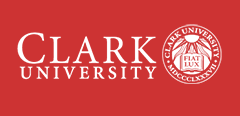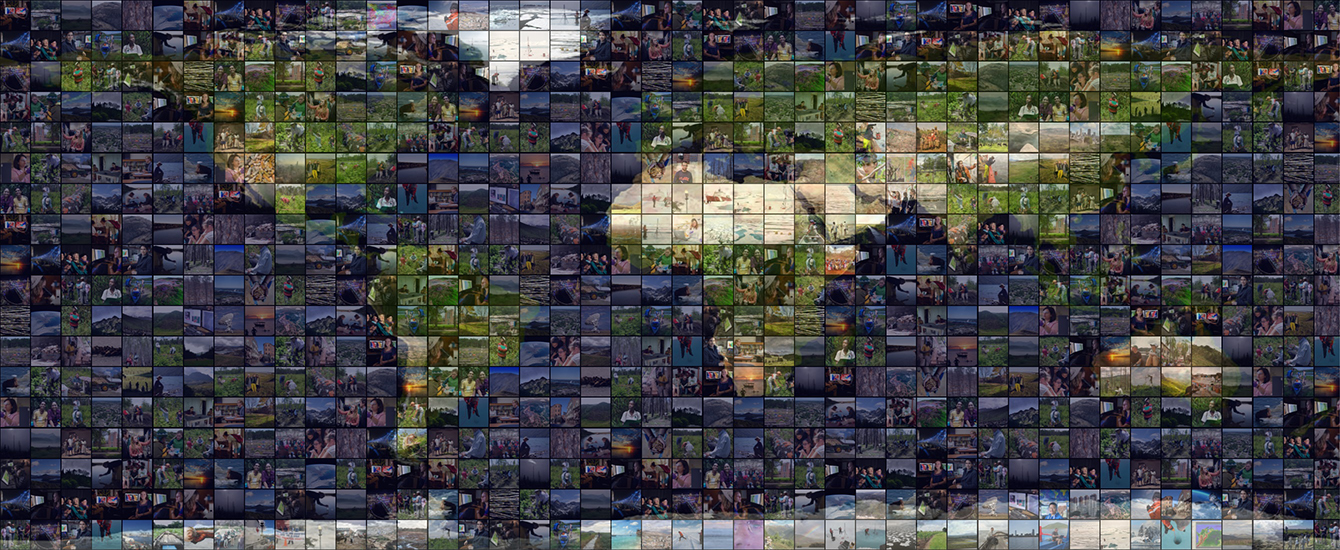Geography
Document Type
Article
Abstract
This study assesses the advantages and disadvantages of using 2 m spatial resolution data versus 30 m resolution data for a simulation model of land-use and land-cover change (LUCC). The model projects LUCC from 2005 to 2055 in the town of Lynnfield, Massachusetts, USA. This article describes four scenario storylines and then projects land-use and land-cover under each of the four scenarios with 2 m data and again with 30 m data. The disagreement between the 2 m output and its corresponding 30 m output ranges between 5.7% and 11.0% of the town. The disagreement due to allocation over small distances is greater than the disagreement due to the quantity of new residential growth. The projected quantities of new residential land-use in 2055 differ between the two resolutions by 1% of the town, whereas the visual differences in the spatial allocations are distinct and substantial. The results for this case study show that 30 m resolution data provides several practical and theoretical advantages over 2 m resolution data, due mainly to the fact that the 30 m resolution data match more closely the size of the patches of change.
Publication Title
Journal of Environmental Informatics
Publication Date
1-1-2015
Volume
25
Issue
1
First Page
1
Last Page
13
ISSN
1726-2135
DOI
10.3808/jei.201400284
Keywords
disagreement, GEOMOD, GIS, land-use and land-cover change (LUCC), model, resolution, scale, scenario
Repository Citation
Blanchard, S. D.; Pontius, R. G.; and Urban, K. M., "Implications of using 2 m versus 30 m spatial resolution data for suburban residential land change modeling" (2015). Geography. 735.
https://commons.clarku.edu/faculty_geography/735


